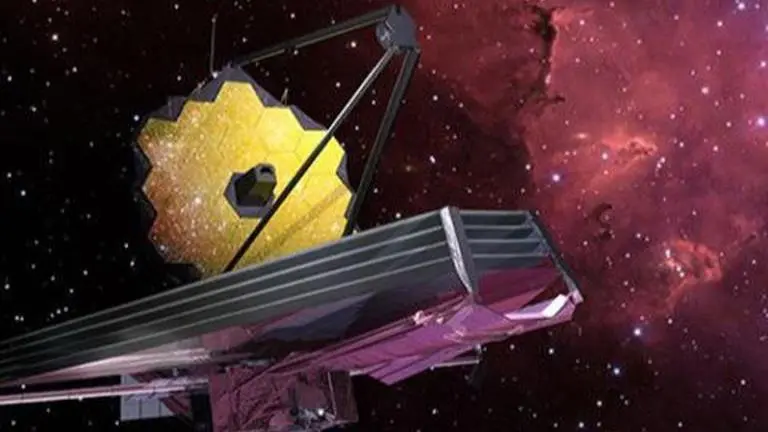Updated 26 January 2023 at 23:00 IST
James Webb Space Telescope's suffers another glitch; NASA halts science observations
NASA's James Webb Space Telescope recently suffered another glitch in one of its instruments just five months after it recovered from an anomaly last year.
- Science News
- 2 min read

The James Webb Space Telescope recently suffered another glitch in one of its instruments which delayed science observations to some extent. According to an update from NASA dated January 24, the instrument in question is the Near Infrared Imager and Slitless Spectrograph (NIRISS) which experienced a communications delay, causing its flight software to time out.
"The instrument is currently unavailable for science observations while NASA and the Canadian Space Agency (CSA) work together to determine and correct the root cause of the delay," NASA said in its official statement. It also said, "There is no indication of any danger to the hardware, and the observatory and other instruments are all in good health." Meanwhile, the science observations which got delayed due to the anomaly will be rescheduled.
The Webb telescope began its operations in July 2022 and all of its four instruments-- NIRISS, NIRCam (Near-infrared camera), NIRSpec( Near-infrared spectrograph) and Mid-infrared Instrument (MIRI)-- have been active since then. Notably, this is not the first time that the $10 billion telescope has faced a glitch, as the MIRI instrument caused trouble in August 2022.
Webb's previous encounter with glitches
The first time Webb faced trouble during its operations was last year when a grating wheel inside the MIRI instrument produced unexpected friction. MIRI operates in four modes and the grating wheel was used in its medium resolution spectrometry (MRS) mode to select between short, medium, and longer wavelengths of light during observations. After an in-depth investigation, a team of experts found that the issue was due to increased contact forces between subcomponents of the grating wheel.
Advertisement
While MIRI allows Webb to see the redshifted light of distant galaxies, newly forming stars, and faintly visible comets, NIRISS can analyse light signatures to study the atmospheres of exoplanets, conduct high-contrast imaging and pinpoint distant galaxies through its four different modes.
Published By : Harsh Vardhan
Published On: 26 January 2023 at 23:02 IST
